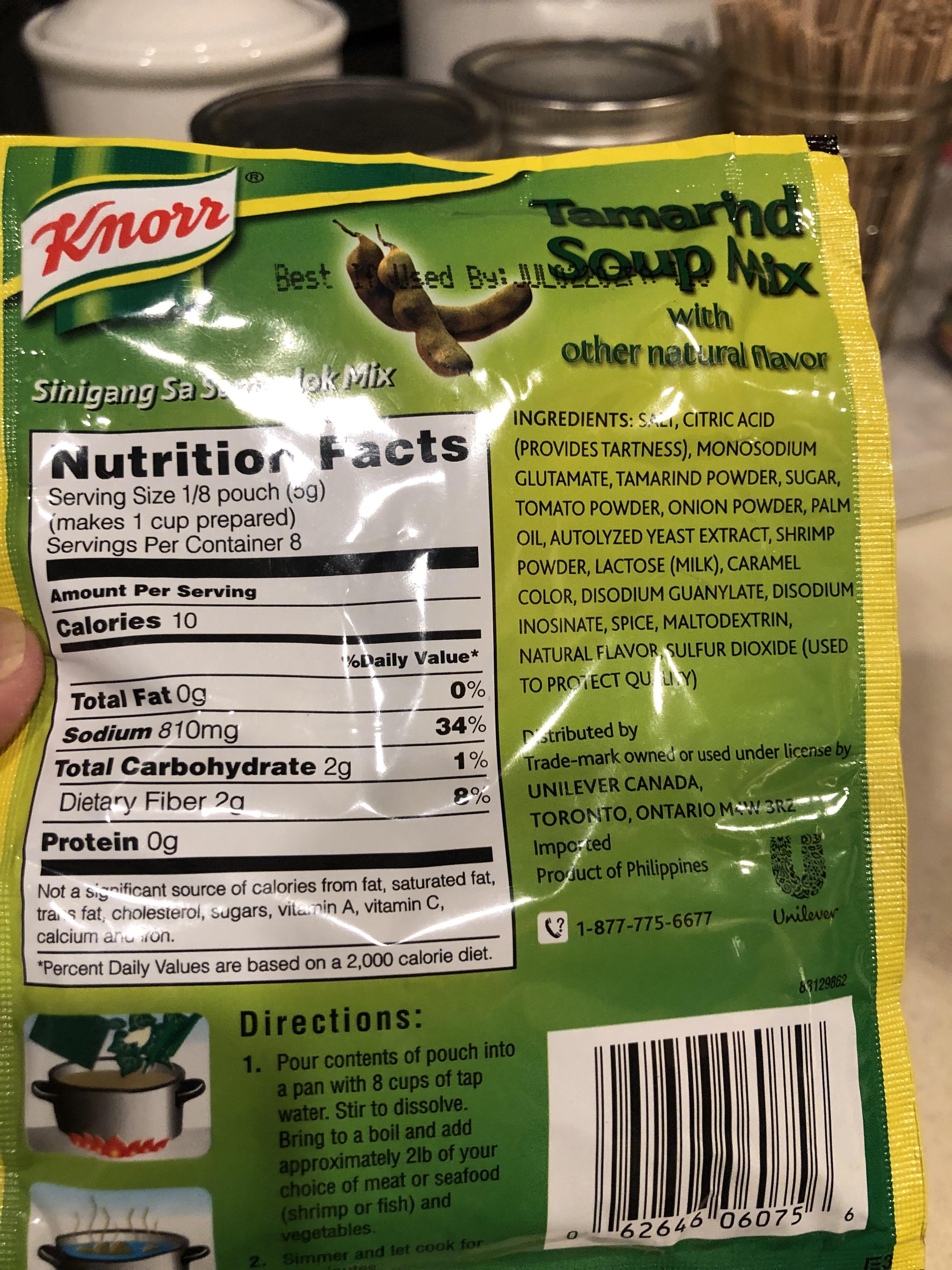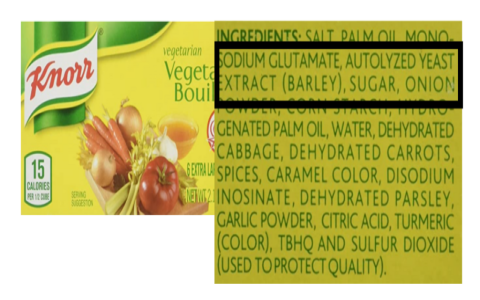Alright, let’s talk about this autolysed yeast extract thing and keeping things gluten-free. It popped up on my radar because, well, trying to cook gluten-free means you suddenly start reading every single label like it holds the secrets to the universe. And this ingredient? It’s in a surprising amount of stuff, especially savory things like soups, sauces, and snacks.
My First Encounter
So, I saw “autolysed yeast extract” listed. My first thought was, “Yeast? Okay, yeast is usually gluten-free, right?” But then you remember, sometimes things aren’t that simple. Especially with processed ingredients. I had this nagging feeling. Is it always gluten-free? Could it be grown on something that contains gluten, like barley? That was the rabbit hole I fell down.

Digging Around for Answers
I started doing some digging. Not like, super academic research, just poking around online and looking closer at products when I was shopping. Here’s what I basically pieced together:
- The Yeast Itself: Generally, the yeast used (like Saccharomyces cerevisiae) doesn’t contain gluten. Good start.
- The Growing Medium: Ah, here’s the catch. Sometimes, they grow this yeast on stuff that might contain gluten. Barley was the main one I saw mentioned. If the yeast munches on barley, then the final extract could have trace amounts of gluten. Not good enough if you’re celiac or very sensitive.
- The Processing: “Autolysed” just means the yeast cells break down. This process itself doesn’t add gluten, but it doesn’t remove any potential cross-contamination either.
Hitting the Stores – The Real Test
Okay, theory is one thing, practice is another. I went to my usual grocery store, specifically looking for products with this ingredient. I picked up several things:
First stop: Bouillon cubes and powders. Checked a popular brand. Yep, “autolysed yeast extract” listed. Scanned the packaging… bingo! Found a “Certified Gluten-Free” label right on the front. Okay, so it is possible. That went into the cart.
Next: Some savory snacks. Found it again. This time, no gluten-free certification anywhere on the package. The allergy info listed wheat, but it wasn’t clear if it was from the yeast extract or something else. Put that one back on the shelf. Too risky for my needs.
Then: Looked at some canned soups. Same story. Some brands were clearly marked gluten-free, even with the yeast extract listed. Others? Ambiguous. It seemed pretty hit-or-miss.
What I Learned (The Hard Way)
So, after all that label-reading and putting stuff back, here’s my takeaway:
You absolutely cannot assume autolysed yeast extract is gluten-free just because yeast itself usually is. It really boils down to how it was made and what it was grown on.

The only way to be sure, really, is to look for that specific “Gluten-Free” certification on the packaging. If the manufacturer has gone through the trouble of getting certified, they’ve likely ensured their yeast extract source is clean or tested the final product. Without that label, it’s a gamble.
Some products might say “no gluten ingredients,” but that’s not the same as certified gluten-free. Cross-contamination is still a risk.
So, What Now?
Basically, I just stick to the products that are clearly labeled now. If I see autolysed yeast extract on an ingredients list and there’s no gluten-free claim on the package, I usually skip it. It’s just easier and safer for me. It might mean fewer options sometimes, but peace of mind is worth it when you’re dealing with dietary restrictions. It’s a bit annoying, sure, having to be this careful over one ingredient, but that’s just part of the gluten-free life, I guess. You learn to read labels like a pro.













